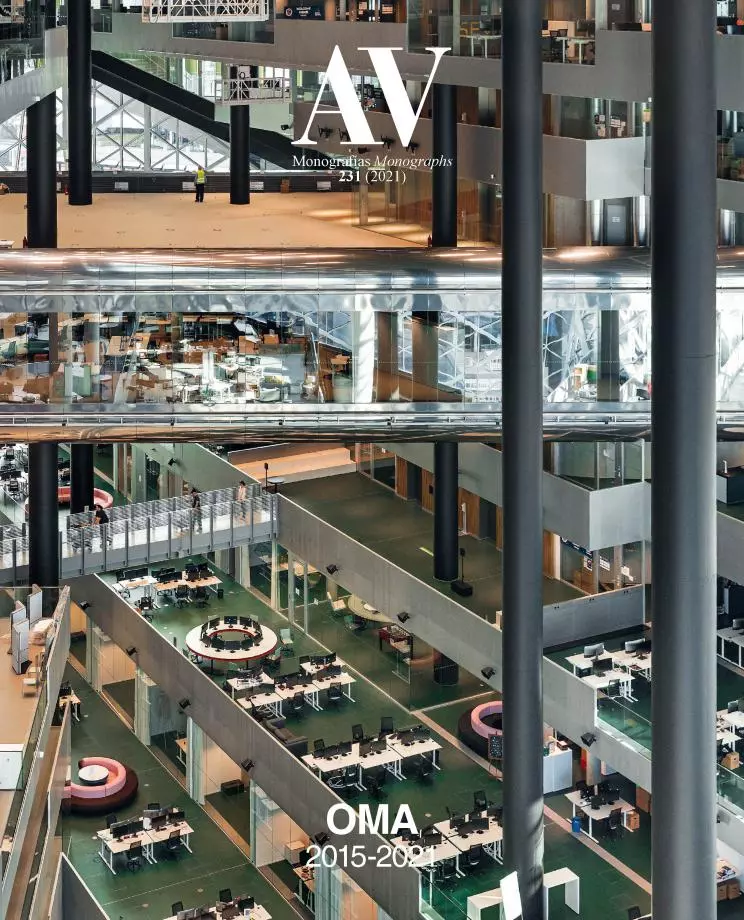
Architecture is choral: it is conceived, built, and enjoyed by many. Choral in their design, execution, and use, projects admit the intervention of soloists, and it is inevitable to associate exemplary works to a charismatic author, a demanding contractor, or a visionary client. The collective dimension of architecture does not exclude the intervention of decisive individuals, and in fact their presence helps to prevent the drift towards corporate anonymity. In many studios, the transition from an office led by a founder to a more polycentric one is often difficult, and this is the challenge the Office for Metropolitan Architecture tackles today. Does it make sense to strengthen the brand, trying to stress its distinctive features? Or is it reasonable to grant each partner an intellectual and aesthetic autonomy, blurring its shared identity but avoiding corporate homogenization?
Firms that have pushed collectivization of design to its ultimate consequences, taking Gropius’ Architects Collaborative as a model, have ended up producing mediocre architecture. The evolution of Skidmore, Owings and Merrill, which survived its founders to experience a gilded age with some brilliant partners and to fall into decay when they were no longer there, is a pedagogical example of the conflict between corporate values and project risk. In contrast, the improbable survival of Zaha Hadid Architects after the premature disappearance of a figure of such unique personality can only be attributed to the leadership of he who has taken over as head, and the same applies to the office of the ill-fated Enric Miralles, who continues under the acronym EMBT and the direction of his widow, something that many judged impossible given the extraordinary idiosyncratic artistic language of the Catalan architect.
This monograph offers a sketch portrait of the Office for Metropolitan Architecture in transit, with the protagonism of a group of partners with strong character and long experience, and also without knowing whether it will follow the path of TAC or SOM, striving to strengthen its collective identity and subordinating individuals to the group, or shift towards a more plural model that allows each of its members to assert their singular features, in the forms of management and in the management of form. The accumulated capital of research and proposal, added to the no less valuable legacy of renown and prestige, makes us suppose that this uncertain image of an office in flux will focus its profile, and that the widely admired OMA will manage to be choral rather than corporate. The concert of architecture needs an orchestra, and the Office for Metropolitan Architecture can play great music with its soloists.






